Ready to take a step up from your smartphone camera? Here's our guide to the best beginner DSLRs you can buy in 2019. Smartphone came...
Ready to take a step up from your smartphone camera? Here's our guide to the best beginner DSLRs you can buy in 2019.
Smartphone cameras have come a long way, but they're still a quite a way short of being able to offer the power and control of a DSLR. And while mirrorless cameras have become a popular step up from phone and point-and-shoots, they can't quite offer the value and battery life of a traditional DSLR.
A DSLR – or a digital single-lens reflex camera – uses a mirror and, as the name suggests, a single lens to capture an image. However, the difference between an advanced DSLR, like the Canon EOS 1D X Mark II, and an entry-level option is the amount of control users get over the camera's settings. Beginner DSLRs have limited settings and features, although there's more than enough there to help users learn the art.
And with most camera manufacturers focusing on the mirrorless market, with the sole exception of Canon, there aren't any new DSLRs on shelves these days. That means entry-level DSLRs, although ageing, offer beginner photographers a chance to hone their skills without burning a massive hole in their pocket.
So which beginner-friendly DSLR is the best for budding photographers? The traditional stalwarts, Canon and Nikon, still offer the best choices, due to their DSLR heritage and extensive lens collections. With many current models only minor upgrades on their predecessors, it's worth looking at older models to really get the best value. These are our top picks.
Best entry-level DSLRs 2019 at a glance
- Nikon D3500
- Canon EOS Rebel T7i / EOS 800D
- Nikon D5600
- Canon EOS Rebel T7/ 2000D / EOS 1500D
- Canon EOS Rebel SL3 / EOS 250D / EOS 200D Mark II
- Pentax K-70

The Best DSLRs for beginners in 2019:
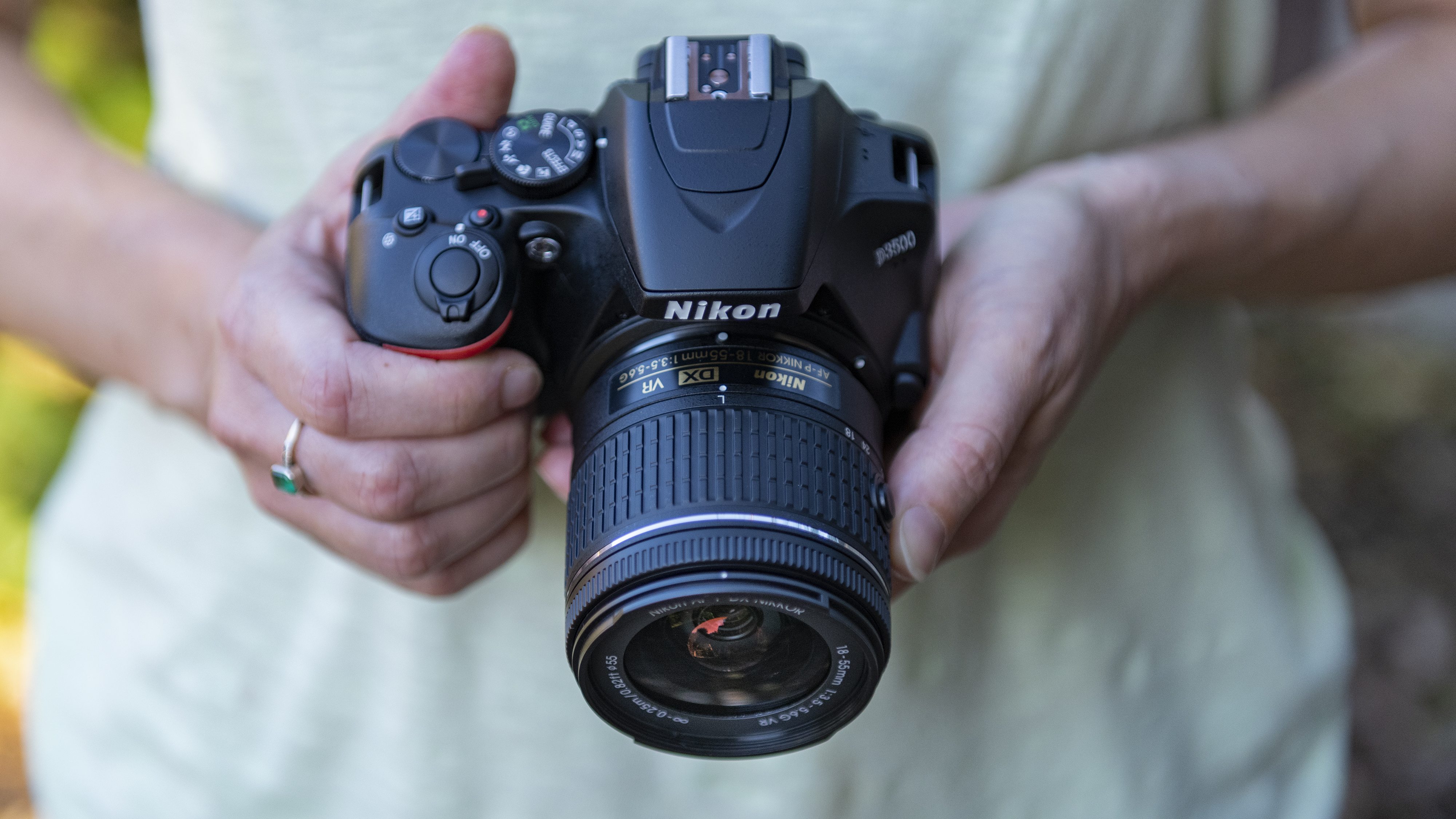
Nikon may not have announced any new entry-level DSLRs in 2019, but the D3500 remains an excellent option for those new to photography. It picks up from where the D3400 left off, but with a handful of extra perks. Unlike power-hungry mirrorless models, the major advantage of this camera is battery life. You can keep going for 1,550 images between charges, which is way ahead of most other DSLRs, while the 24MP sensor delivers excellent image quality. Nikon has also revised the body and control layout, not only to make it nicer to handle but easier to use too, while the Guide Mode takes the first-time user's hand and walks them through all the key features in a way that makes everything easy to understand. We love it – and if you're just getting started, we reckon you will too.
- Read our in-depth Nikon D3500 review

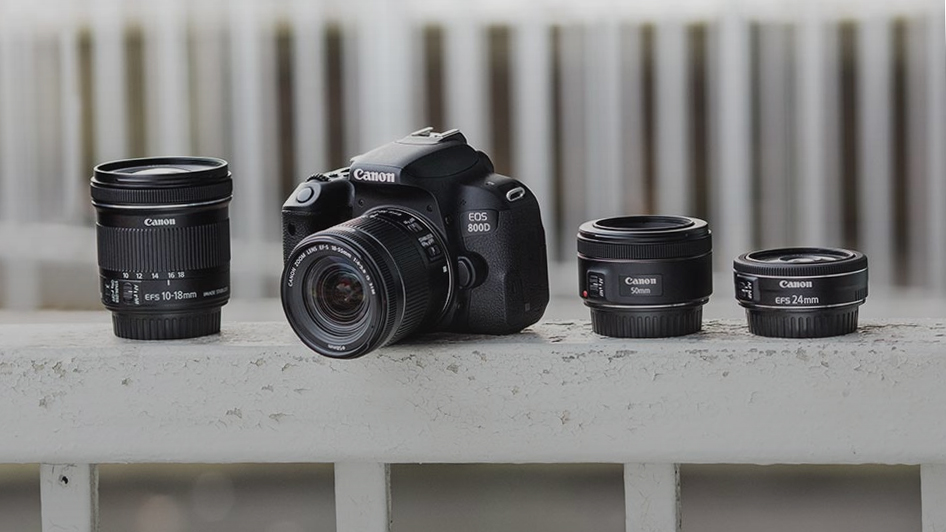
The EOS Rebel T7i (known as the EOS 800D outside the US) still sits at the top of Canon's entry-level EOS DSLR range, despite being a few years old now. Sporting a 24.2MP sensor that delivers an improved high-ISO performance over older models, the Rebel T7i's autofocus also gets a boost, now with a 45-point arrangement that's backed up by excellent live view AF system. There's also newly designed graphical interface that will certainly make this camera even more appealing to new users, although if you need 4K video then you're better off looking at the EOS Rebel SL3 / EOS 250D (see below) or a mirrorless model.
- Read our in-depth Canon EOS Rebel T7i / EOS 800D review

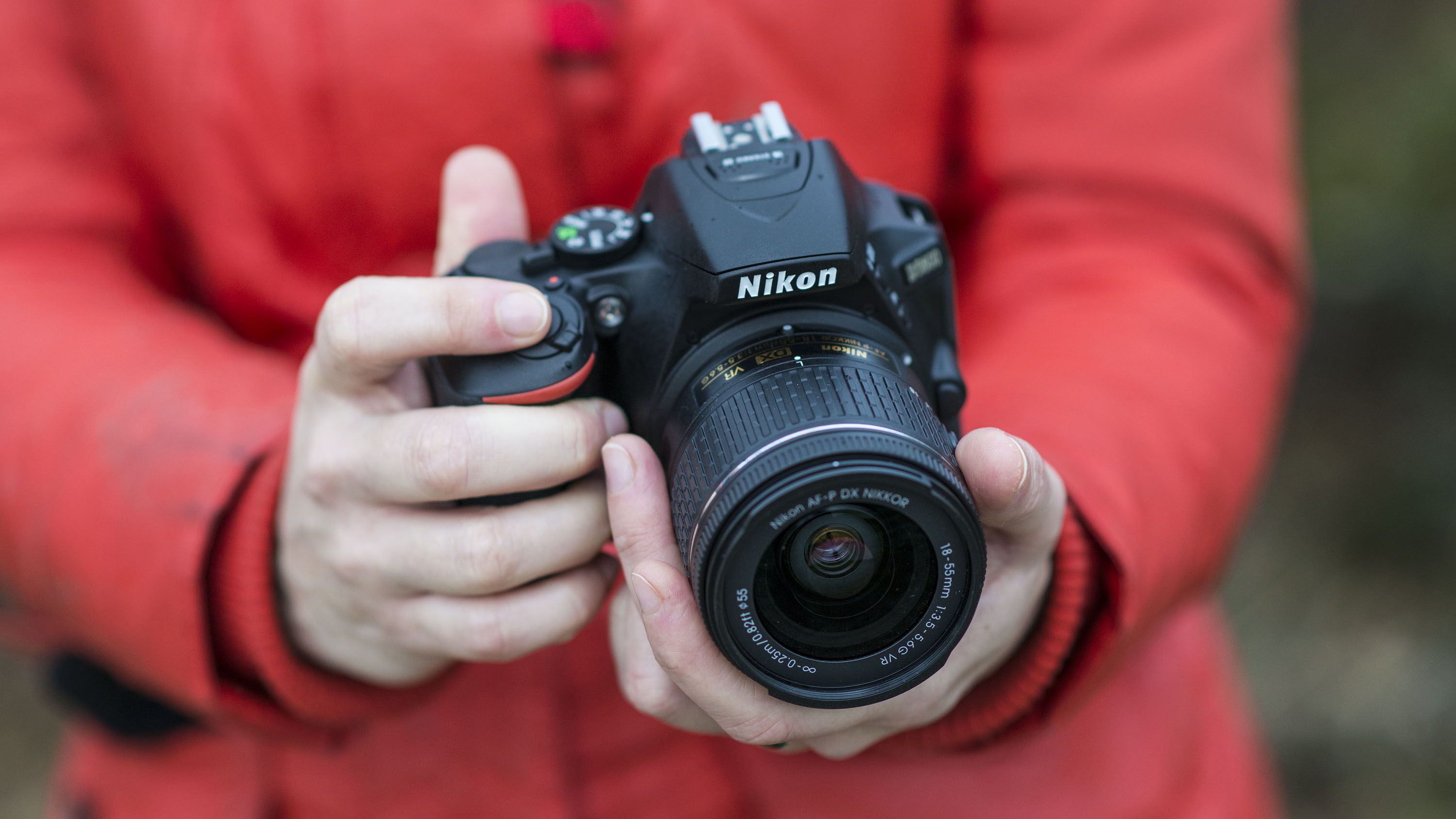
Here's another model which is still holding its own against the rise of mirrorless. The D5600 is a step up from the D3000-series models, with a stronger set of specs to rival the likes of the Canon EOS Rebel T7i / EOS 800D (position 2). Key advantages over the D3400 and D3500 include a larger LCD screen, which not only flips out and swivels all the way around to face the front for vlogging, but also responds to touch, together with a more advanced autofocus system, Wi-Fi and a healthy range of additional control on the inside. Sure, you pay a little bit more for the privilege, but if you need a little more growing space it makes sense to go for the D5600 so that it stays with you for years to come.
- Read our in-depth Nikon D5600 review

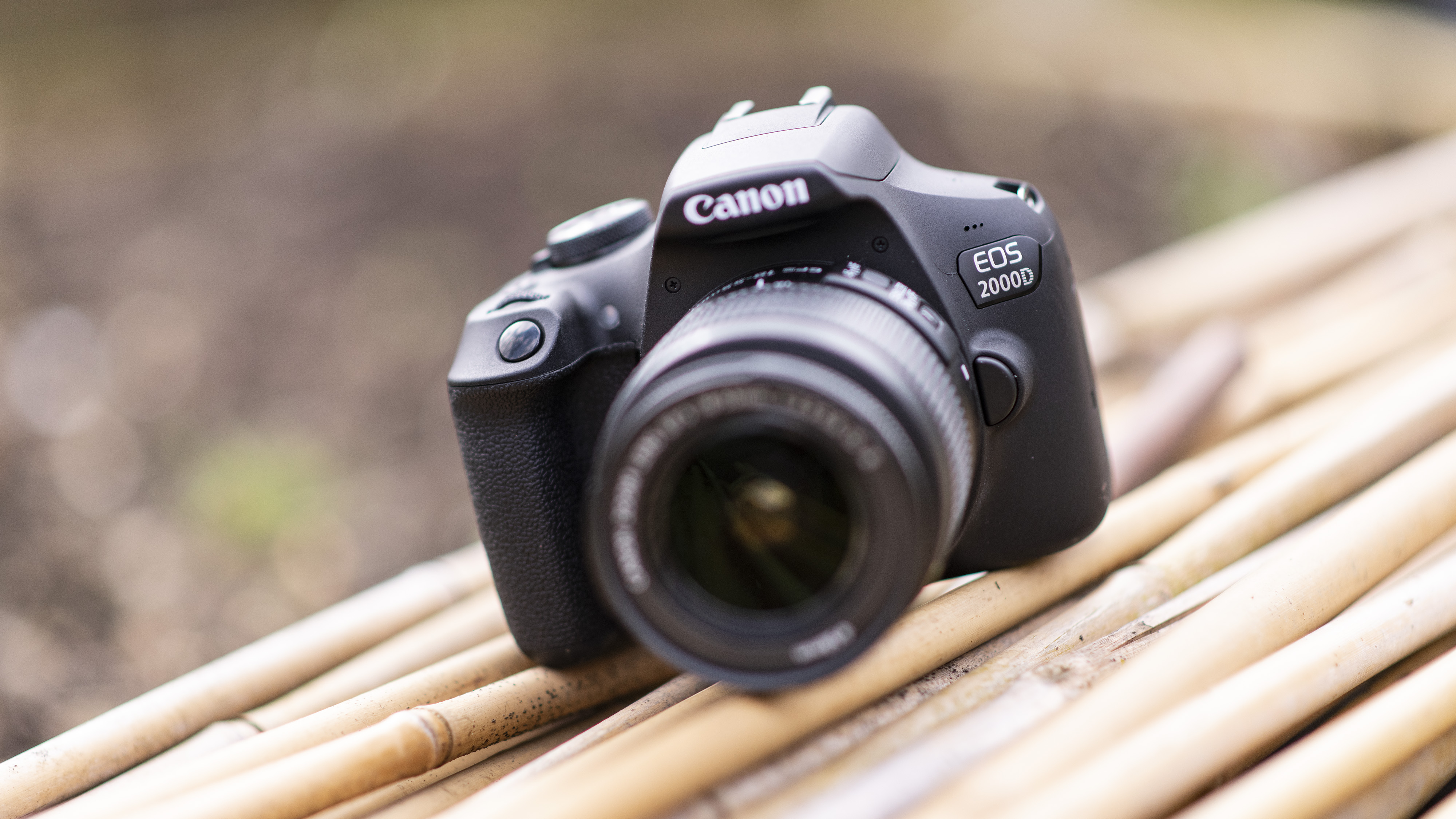
This is one of the cheapest DSLRs in Canon's current line-up, which also makes it a very cost-effective way to get access to an endless assortment of lenses, flashguns and other accessories. Its low price tag means that it understandably lacks some of the fancy tricks of its bigger brothers – flip-out LCD, 4K video and so on – but there's still a very good level of physical control on offer. And, most importantly, image quality from the 24MP sensor is sound. It's designed very much with its target audience in mind, with a Feature Guide to help you understand everything, and battery life is also better than many mirrorless models at this price point – still a key advantage of DSLRs. Wi-Fi, NFC and Full HD video recording round off the specs, making it a well-rounded first-time option.
- Read our in-depth Canon EOS Rebel T7 / EOS 2000D review

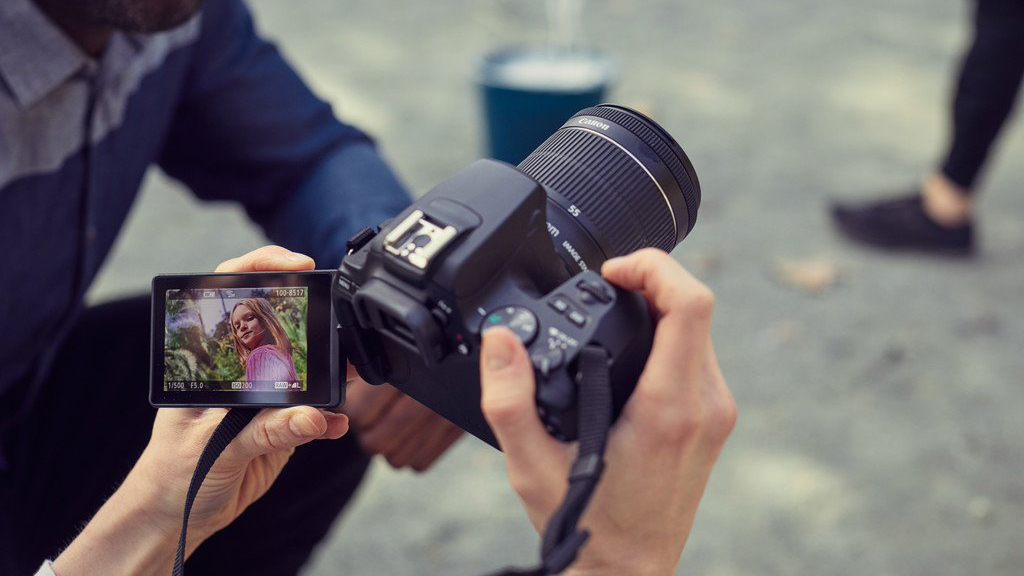
The EOS Rebel SL3, also known as the Canon EOS 250D, is the latest entry-level arrival to this list - indeed it's one of only a handful of models announced in 2019. Like its name suggests, it picks up from where the Rebel SL2 (EOS 200D) left off, adding a fresh processing engine and 4K video recording on top of a collection of smaller extras. There may be lots of competition from mirrorless right now, but if you like the traditional handling of a DSLR – including an optical viewfinder – the 250D is one of the most attractive models available right now.

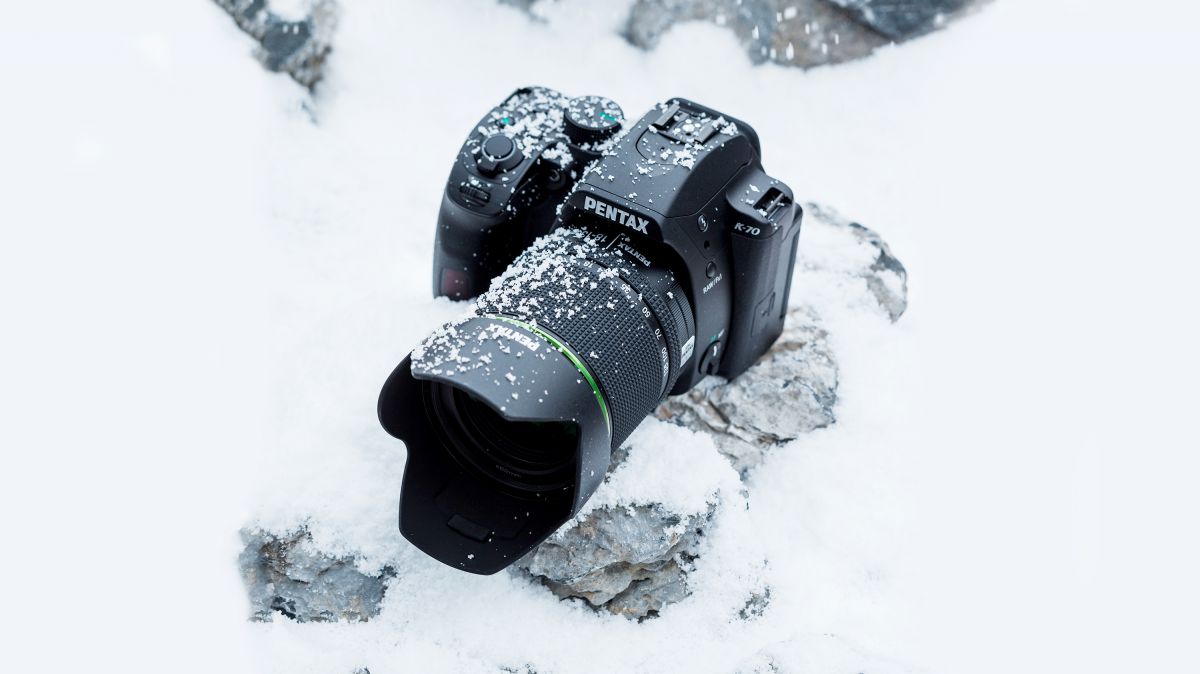
Although a couple of years old now, the K-70 remains a good value option for anybody who is not overly bothered by the main two manufacturers . Even better if you have a stash of old Pentax lenses gathering dust in a basement from manual days. It has a very useful articulating screen, while the hybrid live view autofocus system makes it an actual practical alternative to using the viewfinder. Possibly our favourite thing about the K-70 is its tough credentials - something which is typically lacking for entry-level models. If you're keen to take lots of pictures outdoors - such as landscapes - being able to rely on it not to be destroyed by inclement weather is a big bonus. One slight disappointment is the kit lens which is often bundled with the camera – while it offers a much longer focal length than most others here, it can be a little soft in places.

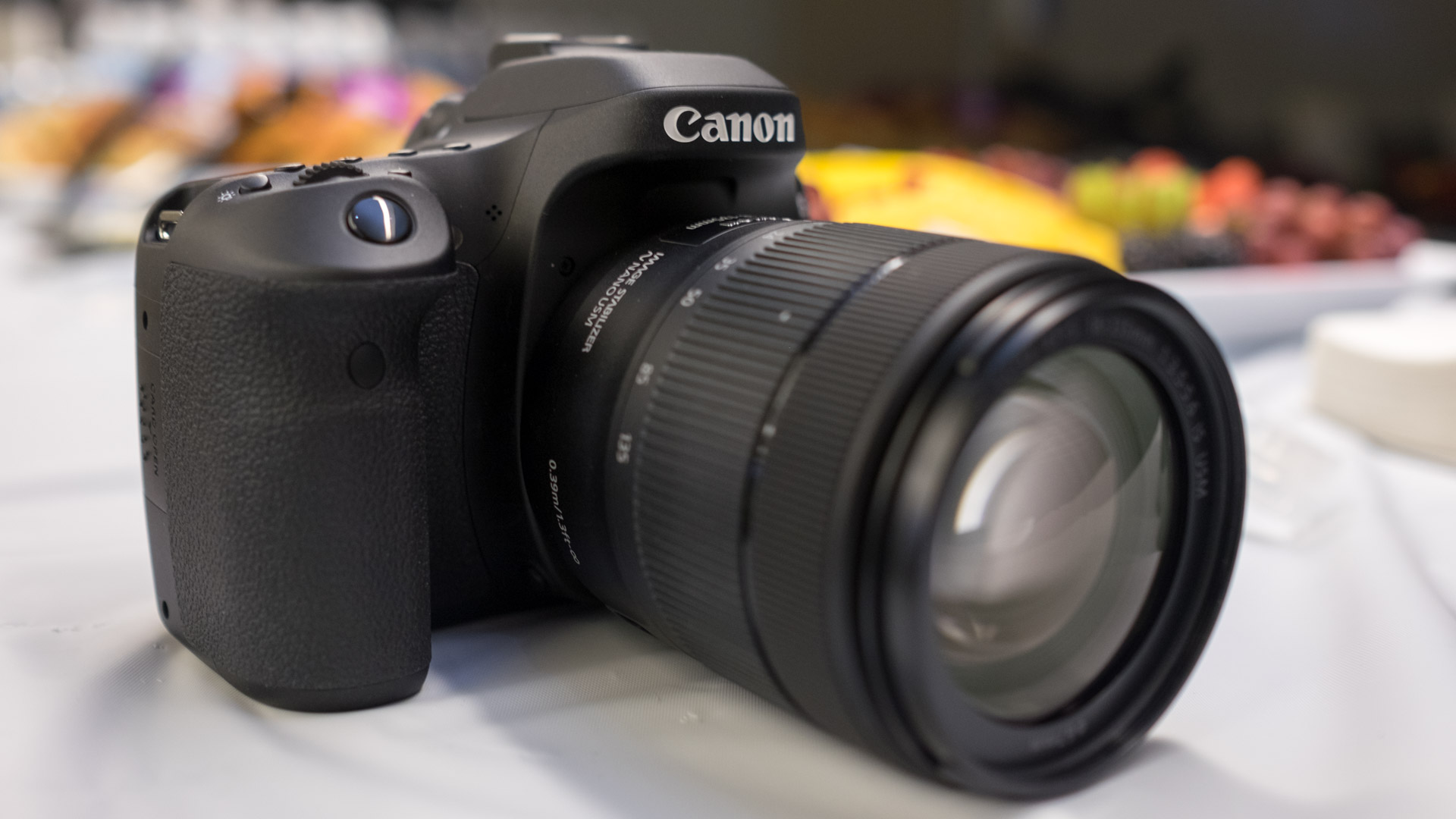
Sitting on top of Canon's entry-level DSLR pile, the EOS 80D is one of the older cameras from the camera maker, having been around since 2016. Despite that, it's one of the more 'advanced' beginner cameras, thanks to its feature set and specs, including a 24.2MP sensor with a 45-point autofocus system that's actually remarkably reliable. There's a guided menu system that's easy to navigate, and on-board Wi-Fi and Bluetooth to transfer images wirelessly if needed. The only downside is that the kit lens that comes with the shooter is a tad soft around the edges, and we'd recommend buying the body only and a better lens separately.
- Read our in-depth Canon EOS 80D review

Also consider...
None of the above take your fancy? Here's another option to consider.
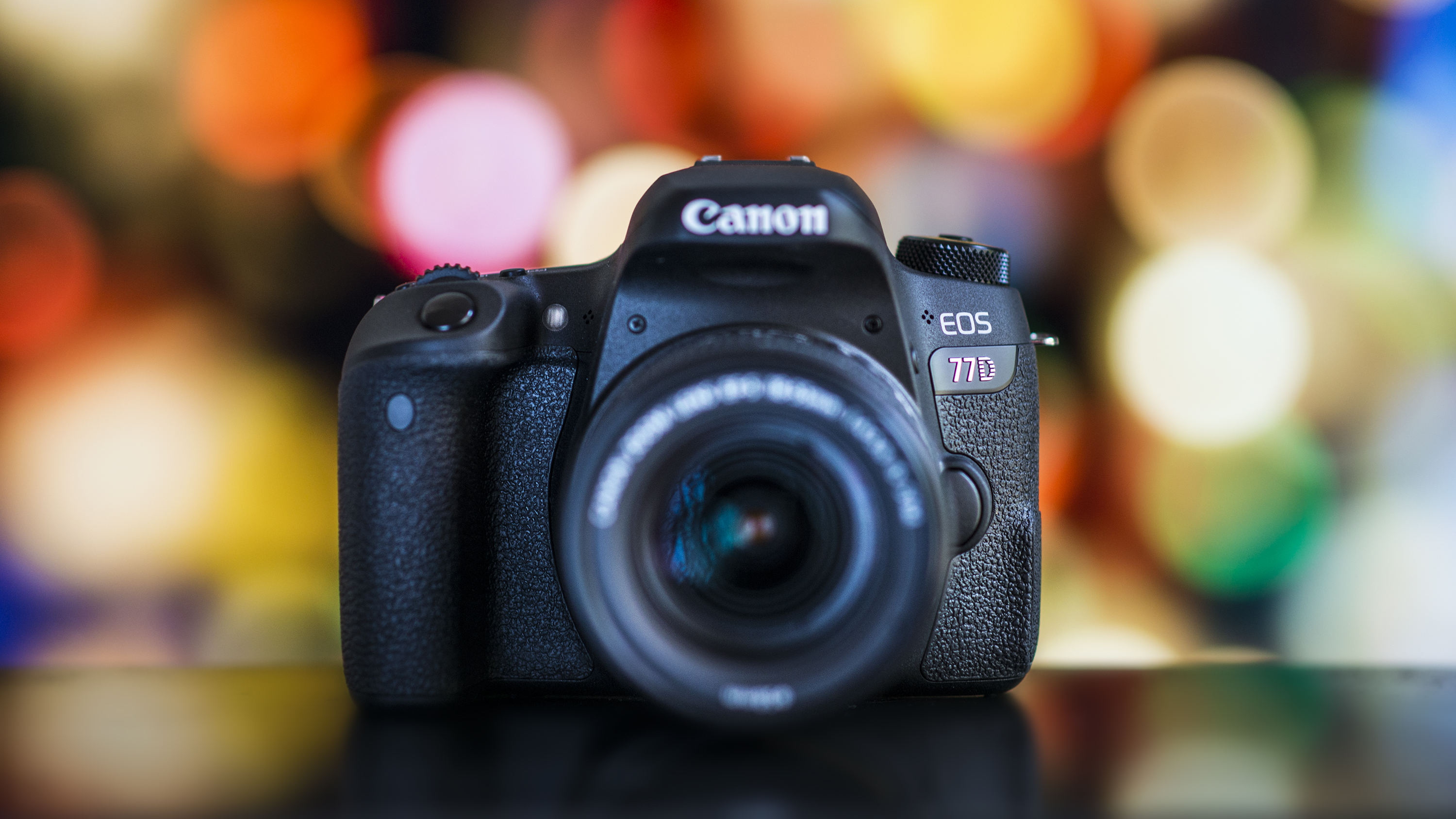
The EOS 77D is a slightly more advanced beginner DSLR, and it provides a few extra treats for those who feel they may outgrow more basic models before long. While we weren't too excited about it at the time of its release, the fact that it's spent some time on the market now means it can be bought for a much more agreeable price tag. On top of the bones of the EOS 800D, there's a top-plate LCD screen that gives you shooting options at a glance, as well as two control dials to make adjusting options faster. You also get some extras on the inside such as bulb and interval timers. If you can stretch to the EOS 80D that sits just above it, even better – otherwise, this would be a slightly more capable option than its more basic siblings.
- Read our in-depth Canon EOS 77D review

What should you look for when buying a beginner DSLR?
There are three main factors to consider when buying a beginner-friendly DSLR: the camera's size, screen and kit lens options.
If you're trying to learn your way around manual settings like aperture and shutter speed, which is one of the main benefits of a DSLR, then you'll ideally need a model that's small and light. This means you'll be more likely to take it out regularly and master those controls. The most beginner-friendly cameras, like the Nikon D3500 and Canon 250D, tend to be particularly small for DSLRs, so take a close look at those.
Looking to shoot lots of video along with your stills? DSLRs can be a cheap way to get into vlogging too, so make sure you look out for models with a vari-angle screen if you need this. These can help you shoot from different angles and also flip round to the front so you can check your framing while vlogging to camera.
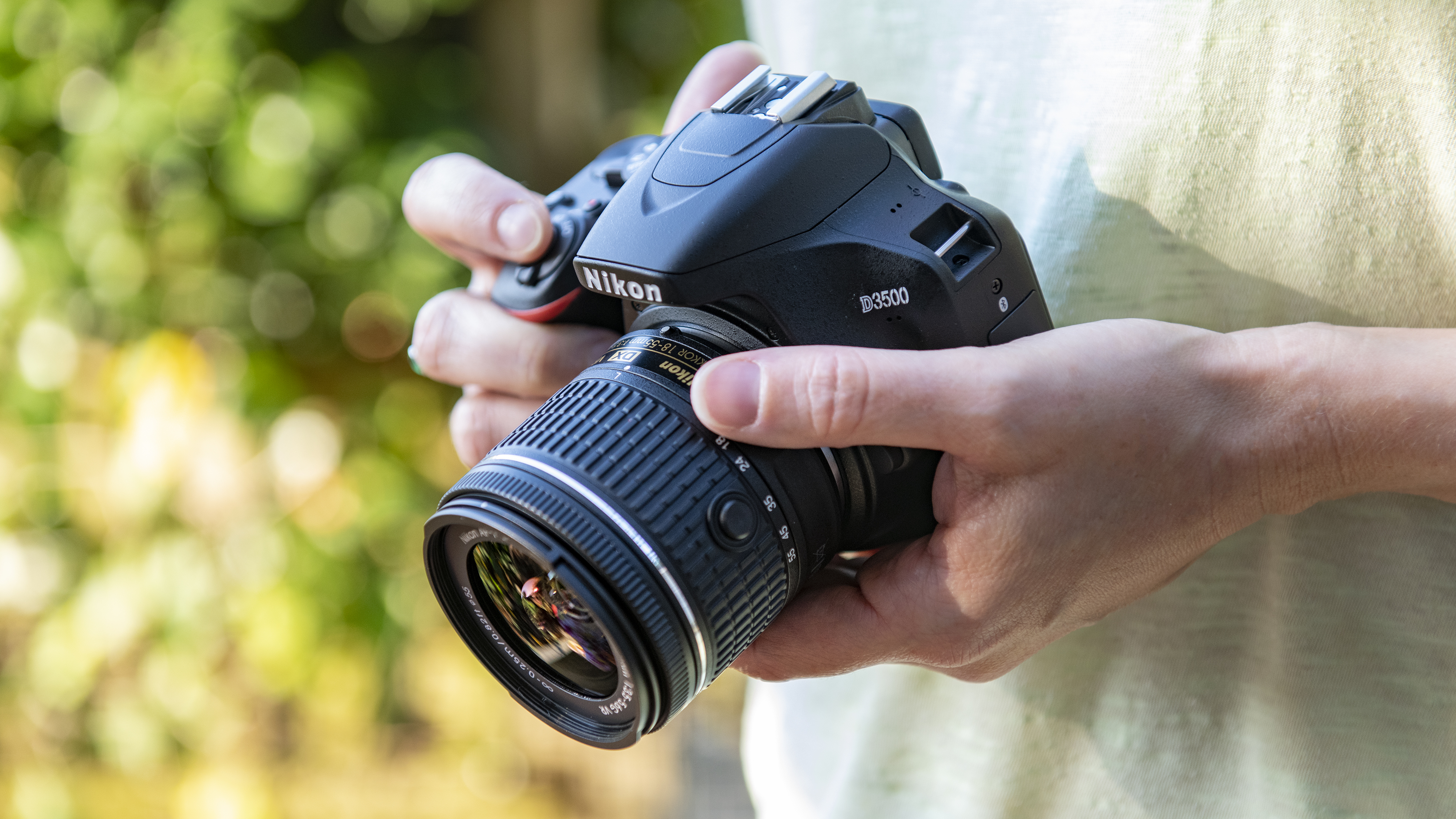
Lastly, you'll want to consider lenses. As a beginner, you'll most likely be starting from scratch, which means it makes more sense to buy your DSLR with a kit lens. A word of warning here, though – most manufacturers offer two types of kits lens, one with image stabilization and one without. It's best to go with the image-stabilized kit lens, as you'll be able to shoot sharper images at slower shutter speeds.
While an 18-55mm kit lens will be more than enough to get you started, one of the big benefits of DSLRs is being able to add extra lenses for different kinds of photography. For example, wide-angle and telephoto zoom lenses, as well as high-quality macro options. You can also add a flashgun and other accessories, which help you to make the most of whatever types of photography you're into.
Still not entirely sure whether you need a DSLR or a mirrorless camera? Don't forget to check out our Mirrorless vs DSLR cameras: 10 key differences guide. Alternatively, if don't quite know what kind of camera you need at all, then read our easy-to-follow guide to camera types: What camera should I buy?
Should you buy a mirrorless camera over a DSLR? Watch our guide video below to learn more:
- Best camera
- Best DSLR
- Best mirrorless camera
- Best 4K camera
- Best full-frame camera
- Best compact camera
- What camera should I buy?
- Mirrorless vs DSLR: 10 key differences
- Camera rumors
- Turn your snaps into a beautiful photo book - we've picked out the best

from TechRadar - All the latest technology news https://ift.tt/2JWsZnz
via IFTTT








COMMENTS